Local View: Public needs voice in carbon debate
By Sen. Ann Rivers | Published: August 3, 2014, 6:00 AM
There’s enough chatter at the Capitol about a pair of climate-change policies — familiar but complex proposals known as “cap-and-trade” and “low-carbon fuel standards” — that it’s time to ask: What do these confusing and complicated discussions mean for the average Washington resident?
Both cap-and-trade and LCFS deal with controlling the production of carbon. The two main sources of carbon emissions are motor vehicles and power plants that generate electricity.
Washington is already a low-carbon place — especially when compared to a carbon giant such as China, which produces around 8,000 million metric tons annually compared to Washington’s 96 million. And while China’s carbon emissions are on the rise, Washington continues to find ways to reduce our carbon footprint without layering on new costly and intrusive regulations.
One study shows that cap-and-trade could ultimately cost each Washington household upwards of $8,200 in disposable income per year and eliminate up to 82,000 jobs.











